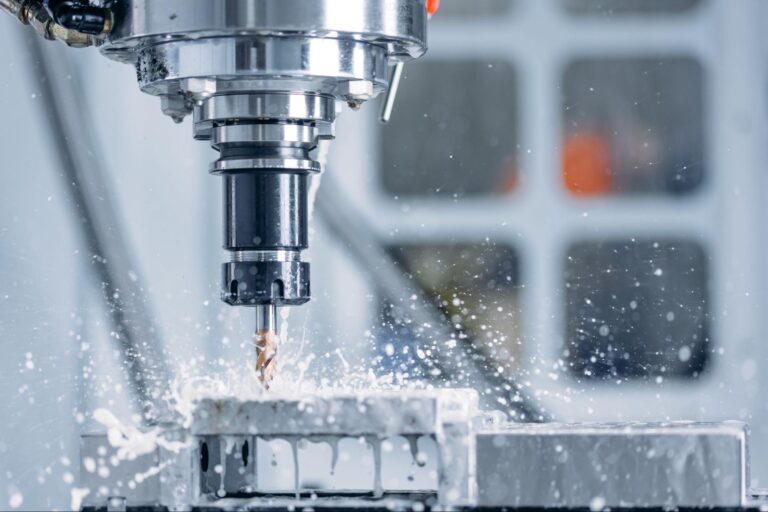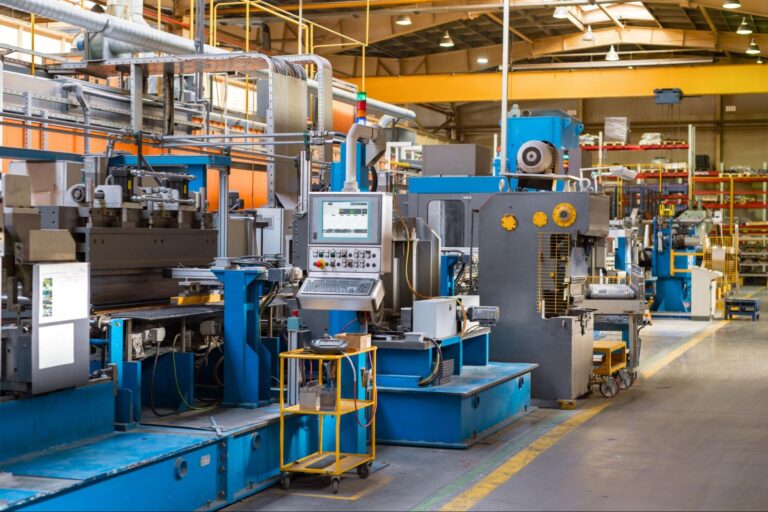Electropolishing is an electrochemical process used to improve the surface finish of a part by removing material to level microscopic peaks and valleys. This process can polish, passivate, and deburr the parts. This process works the opposite way than that of plating processes, as the part acts as the anode in the reaction. As the current passes through the part (anode), the surface is oxidized and dissolved in the solution to the cathode.
Electropolishing is very useful in polishing irregular parts with hard to reach surfaces. Additionally, only a small amount of material is removed, so tolerances will not be greatly affected by this process.









